Share this article
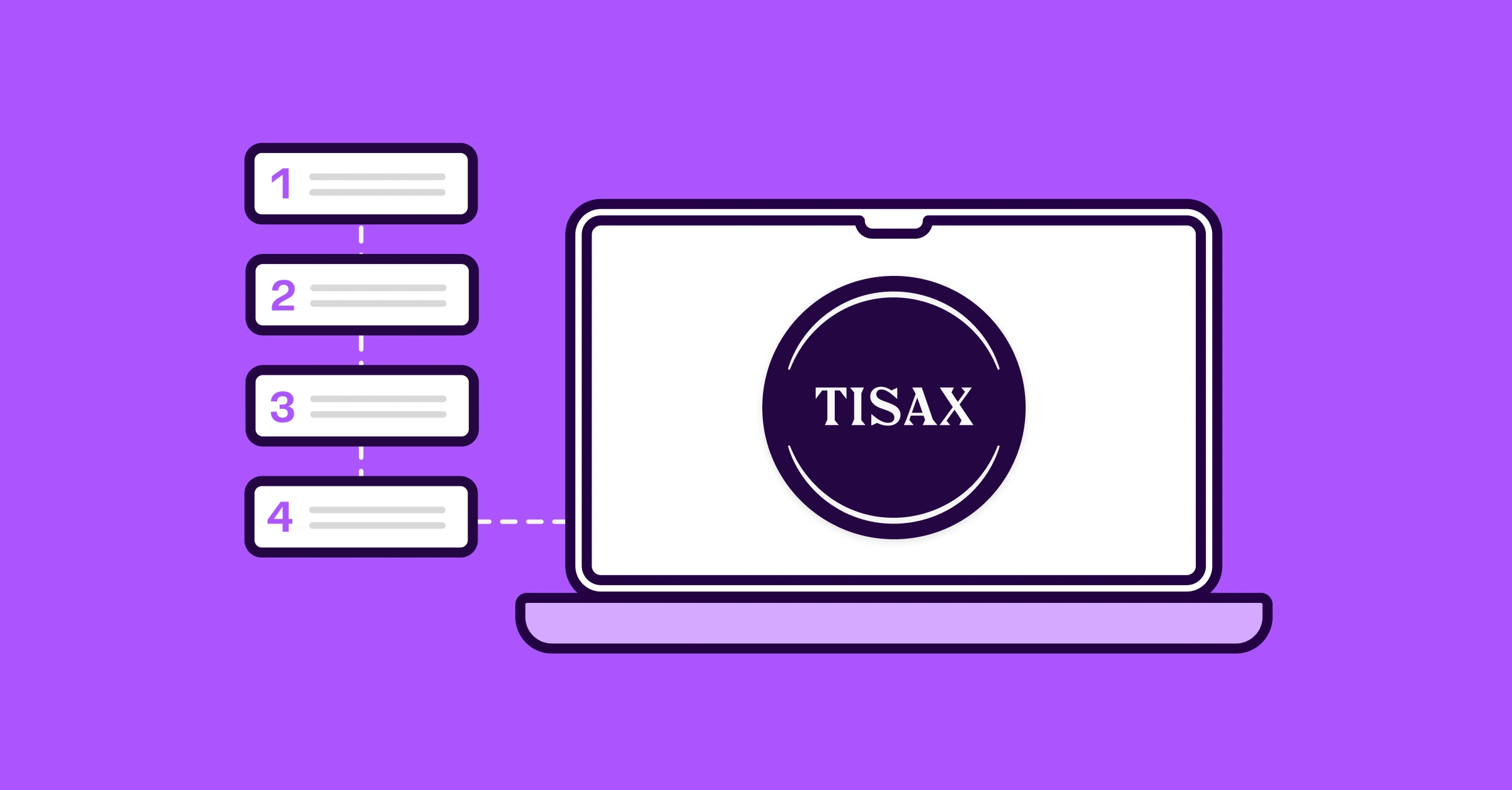
What is TISAX certification? A 101 guide to compliance
Accelerating security solutions for small businesses Tagore offers strategic services to small businesses. | A partnership that can scale Tagore prioritized finding a managed compliance partner with an established product, dedicated support team, and rapid release rate. | Standing out from competitors Tagore's partnership with Vanta enhances its strategic focus and deepens client value, creating differentiation in a competitive market. |
With the rapid adoption of AI and automation technologies, the automotive industry is experiencing a massive transformation. From autonomous driving tech to vehicles connected with cloud-based services, these innovations are reshaping how automakers and suppliers operate globally. However, these shifts have introduced new vulnerabilities, especially cyber risks, that need to be addressed.
Vanta’s Trust Maturity Report reveals that organizations of all security posture maturity levels are adopting frameworks like SOC 2 and ISO 27001 to mitigate the risks introduced by new technologies. However, the automotive industry has unique needs that require a different approach.
The answer is Trusted Information Security Assessment Exchange (TISAX): an industry-specific information security framework designed to keep automotive-sensitive data, such as design prototypes and testing information, safe and confidential.
In this article, we’ll explain:
- Scope and applicability of TISAX
- TISAX assessment levels
- How to achieve TISAX compliance
What is TISAX?
TISAX is an information security framework introduced in 2017 by the German Association of the Automotive Industry (called the VDA—for Verband der Automobilindustrie in German). It has since become a globally recognized standard for assessing data protection and information security practices and strengthening collaboration in the automotive industry.
Before the introduction of TISAX, every manufacturer or partner would conduct a separate audit based on their own security standards. Vendors and suppliers would have to undergo multiple assessments for all third parties they wanted to partner with. It was a duplicative yet cumbersome cycle, resulting in inefficiency and inconsistent deal cycles.
TISAX bridged the gap by adapting leading international information security standards like ISO 27001 for the automotive sector. While ISO 27001 provides strong general cybersecurity protections, TISAX addresses the unique scope of the industry, such as protecting sensitive development data, production processes, supplier relationships, and intellectual property (IP).
The main enforcer for TISAX is the European Network Exchange (ENX) Association, which oversees several duties, including:
- Accrediting auditors
- Maintaining assessment requirements
- Monitoring the quality of implementation and assessment results
Who needs to comply with TISAX?
Compliance with TISAX isn’t a legal requirement, but it has become an industry best practice. All organizations that operate within the automotive industry are expected to comply. Examples include:
- Manufacturers
- Suppliers
- Research and development firms
- Logistics companies
In practice, most original equipment manufacturers (OEMs) consider TISAX compliance a prerequisite for collaboration.
According to a 2025 report by ENX, companies that are already TISAX-compliant are in a strong position to adopt mandatory EU directives like NIS 2. Today, TISAX has 17,500+ assessed sites across 90+ countries, making it one of the most widely adopted security assessment frameworks worldwide. Its comprehensive scope also makes it useful for other industries that contribute to the automotive sector, such as:
- Mechanical, equipment, and plant engineering
- Information and communication technology
- Marketing and creative services
{{cta_withimage22="/cta-blocks"}}
Understand the 3 TISAX assessment levels
TISAX recognizes three assessment levels, which outline its compliance and documentation requirements. The level applicable to your organization depends on the type of service or product you provide.
The three levels are:
- Assessment Level 1 (AL 1): A self-assessment using the Information Security Assessment (ISA), with results you can share with potential customers and partners
- Assessment Level 2 (AL 2): An ENX-approved independent auditor validates your self-assessment, reviews documentation remotely, and interviews relevant stakeholders, typically through a phone or video call
- Assessment Level 3 (AL 3): An ENX-approved auditor conducts a full on-site assessment of your organization’s security posture and controls, including in-person stakeholder interviews
TISAX doesn’t provide certification for passing assessments. Instead, organizations that meet compliance criteria for AL 2 and AL 3 receive a TISAX label, which is valid for three years and serves as demonstrable proof of TISAX compliance.
TISAX compliance requirements
TISAX compliance requirements largely resemble those of ISO 27001, particularly in how they emphasize the need for your organization to implement and maintain an information security management system.
The framework has 79 controls divided into four categories:
- Must: Mandatory for all levels
- Should: Expected, but justified exceptions are possible
- High Protection Needs: Required for AL 2
- Very High Protection Needs: Required for AL 3
However, TISAX is far more prescriptive than ISO 27001 when it comes to vendor risk assessment. ISO 27001 only requires you to evaluate vendor risks—it does not specify the exact process. On the other hand, TISAX outlines clear criteria for managing suppliers in the automotive industry, requiring that your vendors meet comparable information security standards.
Some examples of TISAX compliance requirements include:
- Implementing a robust ISMS that covers risk assessment and mitigation
- Adhering to industry-standard security best practices
- Complying with data privacy regulations such as the GDPR
- Establishing incident response and disaster recovery plans
5 steps for TISAX compliance
Follow these steps to achieve TISAX compliance efficiently:
- Determine the scope and your required assessment level
- Conduct a gap assessment against compliance requirements
- Apply for an audit via the ENX portal
- Undergo the third-party assessment
- Maintain TISAX compliance
Step 1: Determine the scope and your required assessment level
The first step to achieving TISAX compliance is determining your scope and the targeted assessment level. This includes identifying the areas, processes, and systems that should fall under evaluation, as well as customer and partner expectations. For example, if a prospective OEM requires AL 3, you will need to realign your compliance benchmarks accordingly.
Expert tip: Be particularly thorough in this step—a common mistake organizations make is being too broad and vague in their approach. Failing to address specific areas can leave gaps that auditors might flag later in the process, leading to a delay in getting the desired TISAX label.
Additionally, ensure leadership buy-in early in the process so that core update decisions are approved quickly, minimizing bottlenecks during the audit.
Step 2: Conduct a gap assessment against compliance requirements
Once you have a clear outline of the scope, you can test your existing controls and ISMS against TISAX requirements. Conduct detailed gap assessments using the criteria established in Step 1, and document your findings in a self-audit report.
Next, remediate any uncovered gaps using the self-audit report as a roadmap, and prioritize those with the highest potential impact on your security and operations.
If your organization is pursuing AL1, the self-audit report is the only documentation you need to demonstrate TISAX compliance.
{{cta_withimage22="/cta-blocks"}}
Step 3: Apply for an audit via the ENX portal
If your organization is pursuing AL2 or 3, you will need to find an authorized third party to perform a compliance audit. To do this, make an account on the ENX portal, register your company as a TISAX participant, and submit an audit application. The application must include these details:
- Name and scope of the assessment
- Type of assessment
- Primary contact
- Assessment objectives
- Assessment locations
This assessment must be within the scope of your ISMS. Unlike ISO 27001, TISAX allows users to select either their entire ISMS or just specific parts of it as the audit scope. Still, you can’t select processes outside of the ISMS.
Once you complete the application, you will receive a confirmation email that contains:
- A list of TISAX audit providers
- Your participant ID
- Your scope ID
Step 4: Undergo the third-party assessment
After you receive your confirmation email and select an auditor to work with, choose a date for your assessment. Whether you’re pursuing AL 2 or AL 3, the first part of your assessment is the kick-off meeting, where you align with your audit provider to confirm details about the evaluation, such as:
- What is the assessment scope?
- When does the assessment take place?
- Who needs to participate in the assessment?
From here, you can move on to the evaluation. If you’re pursuing AL 2, this involves a remote plausibility check of your self-attestation and an interview with the designated security stakeholder.
AL 3 requires a deeper assessment—after reviewing your self-assessment, the auditor visits the in-scope location to observe processes, review documentation, and conduct both planned and unplanned interviews with stakeholders.
- If the auditor discovers any areas of non-compliance, you must prepare a corrective action plan that details how you’ll address the gaps with an expected timeline of up to nine months. You can then request a follow-up assessment.
- If the auditor finds only minor non-conformities, you can receive a temporary TISAX label that lasts for nine months or until you remediate the gaps.
Once you successfully pass the audit, you’ll receive a TISAX label.
Step 5: Maintain TISAX compliance
After you get your TISAX label, you need to ensure that your controls stay aligned with requirements for continuous compliance. The label is valid for three years, and once it expires, you’ll need to go to the ENX portal and apply for a renewal.
During the three years, you need to continuously monitor your ISMS and controls to ensure they meet TISAX requirements. This includes regular internal audits, risk assessments, and updates to your policies and procedures to address new threats and regulatory updates.
TISAX assessments also evolve in response to the changing information security landscape, so keep an eye on potential updates. As of writing, the latest ISA version available is 6.0.3, which was updated in April 2024.
{{cta_withimage22="/cta-blocks"}}
Challenges of TISAX compliance
TISAX is a comprehensive framework, and implementing all of its requirements can be overwhelming, especially for organizations that are still maturing their security posture. Some of the most notable challenges include:
- Risk of duplicative workflows: Although TISAX is specialized for the automotive industry, the framework significantly overlaps with other standards such as ISO 27001 and GDPR. Without cross-mapping existing controls between frameworks, you risk creating redundant workflows that consume extra time and resources.
- High evidence collection effort: Maintaining detailed documentation, especially for AL 2 and 3, requires compliance teams to sift through disparate technologies, emails, and chat logs, which can be stressful before audits.
- Ongoing internal monitoring: TISAX labels must be renewed every three years, which means you need to frequently validate the effectiveness of your controls between assessments.
When performed manually, these workflows can put significant strain on your security teams, as well as increase the risk of gaps and inefficiencies. You can mitigate some of the challenges by implementing a dedicated compliance solution that automates most of the repetitive workflows and aligns with broader ISO 27001 and GDPR programs.
Streamline TISAX compliance with Vanta
Vanta is a leading trust management platform that helps organizations achieve compliance with top security frameworks and regulations, such as TISAX, ISO 27001, NIS 2, and the GDPR. The solution provides clear guidance and resources on compliance and automates the busywork in many admin workflows. You not only reduce manual effort but also save significant resources in the process.
Vanta’s compliance automation product offers features to fast-track your processes, such as:
- Continuous monitoring through a unified dashboard
- Automated evidence collection powered by 375+ integrations
- Pre-built policy and document templates with a built-in editor
- Out-of-the-box support for 35+ industry-relevant frameworks
- 1,200+ automated, hourly tests
- Faster remediation with AI-generated code snippets tailored to your environment
If your organization has already achieved compliance or is currently pursuing other relevant frameworks, such as ISO 27001 or the GDPR, you can cross-map to existing controls and speed up compliance. Vanta also helps you build custom frameworks that address your unique compliance needs.
Schedule a custom demo for a more in-depth discussion with Vanta experts.
{{cta_simple27"/cta-blocks"}}
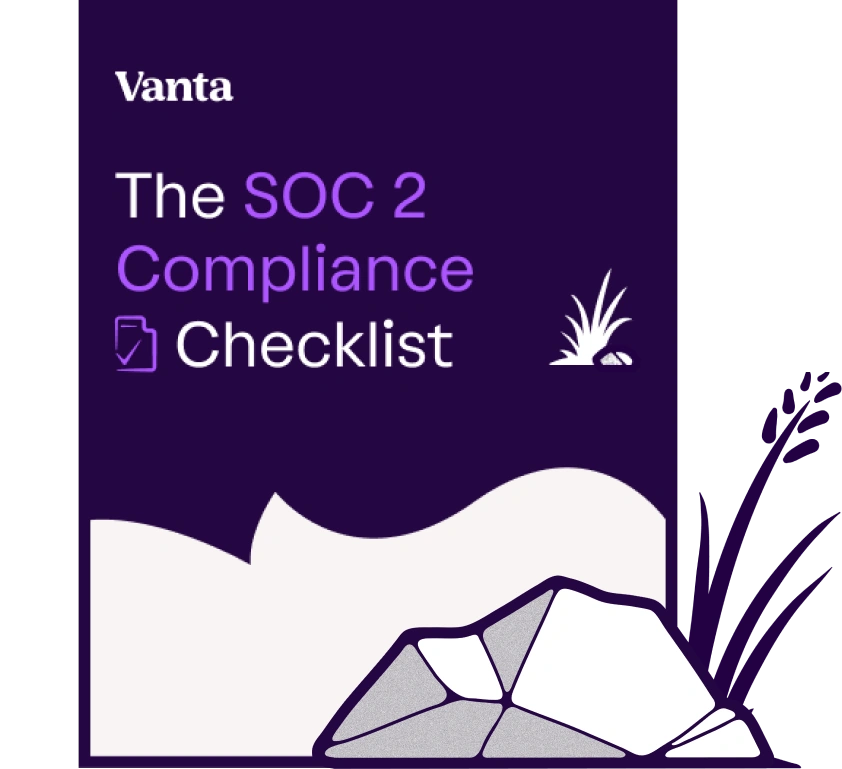




FEATURED VANTA RESOURCE
The ultimate guide to scaling your compliance program
Learn how to scale, manage, and optimize alongside your business goals.















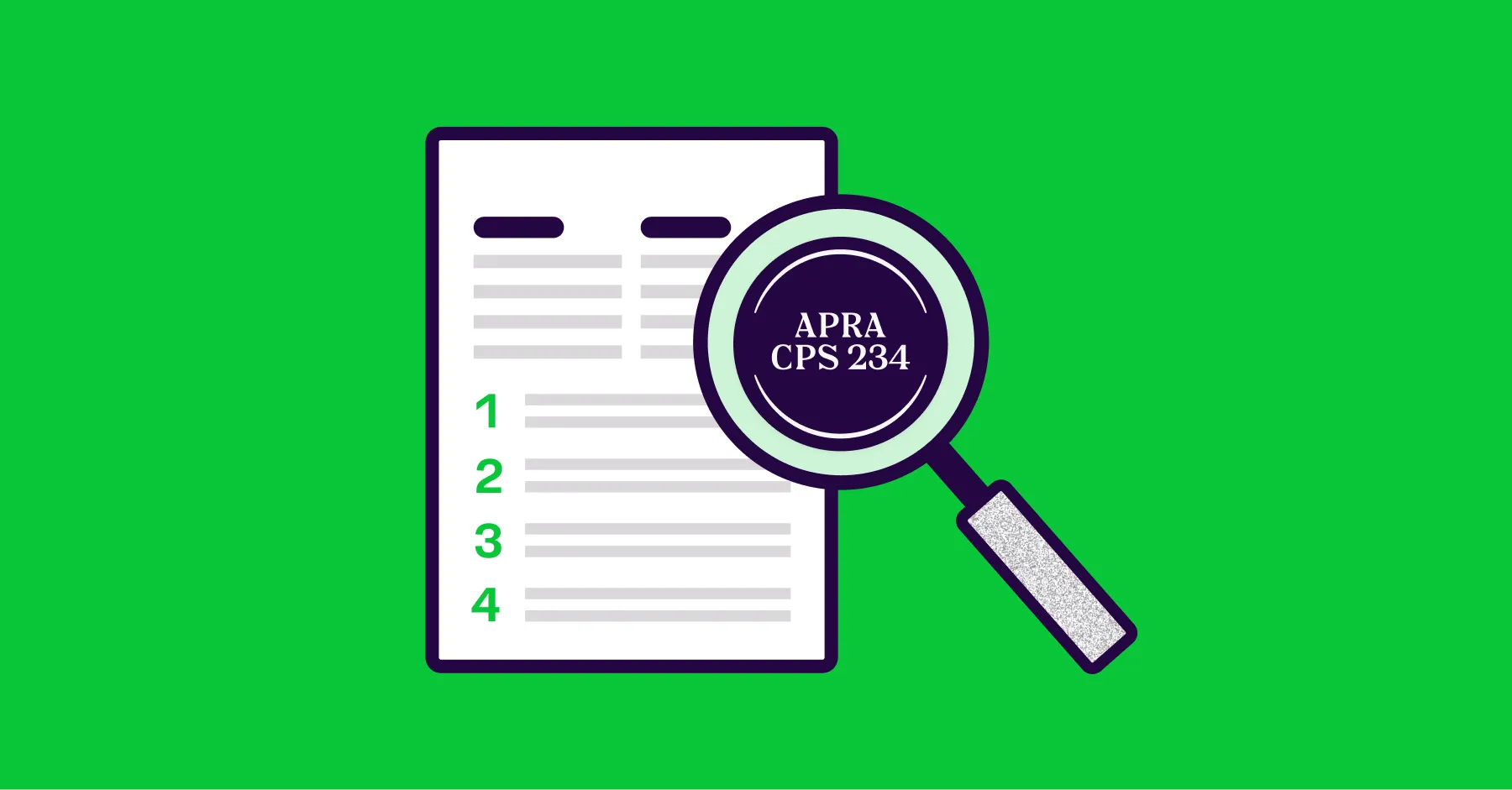



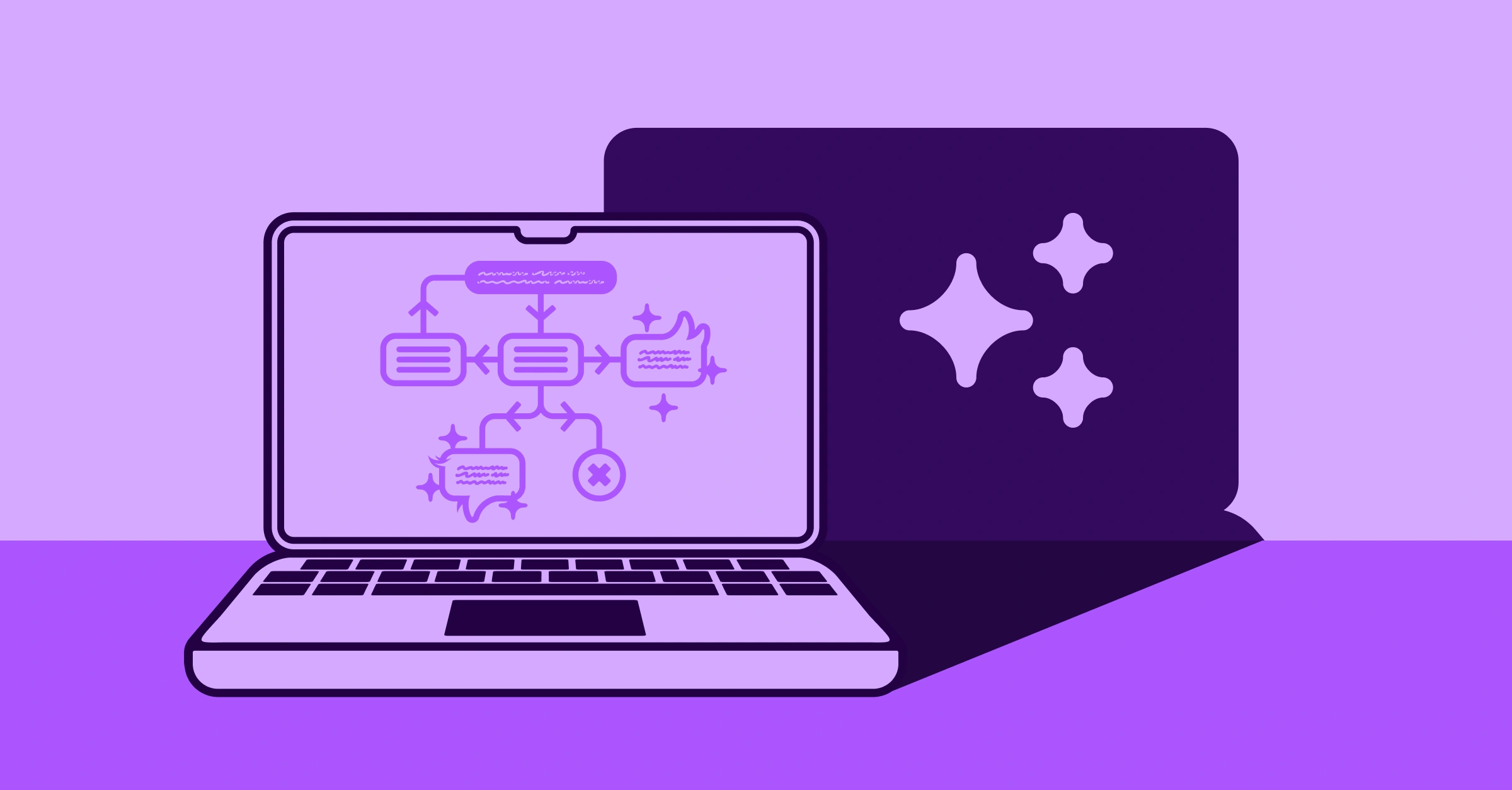

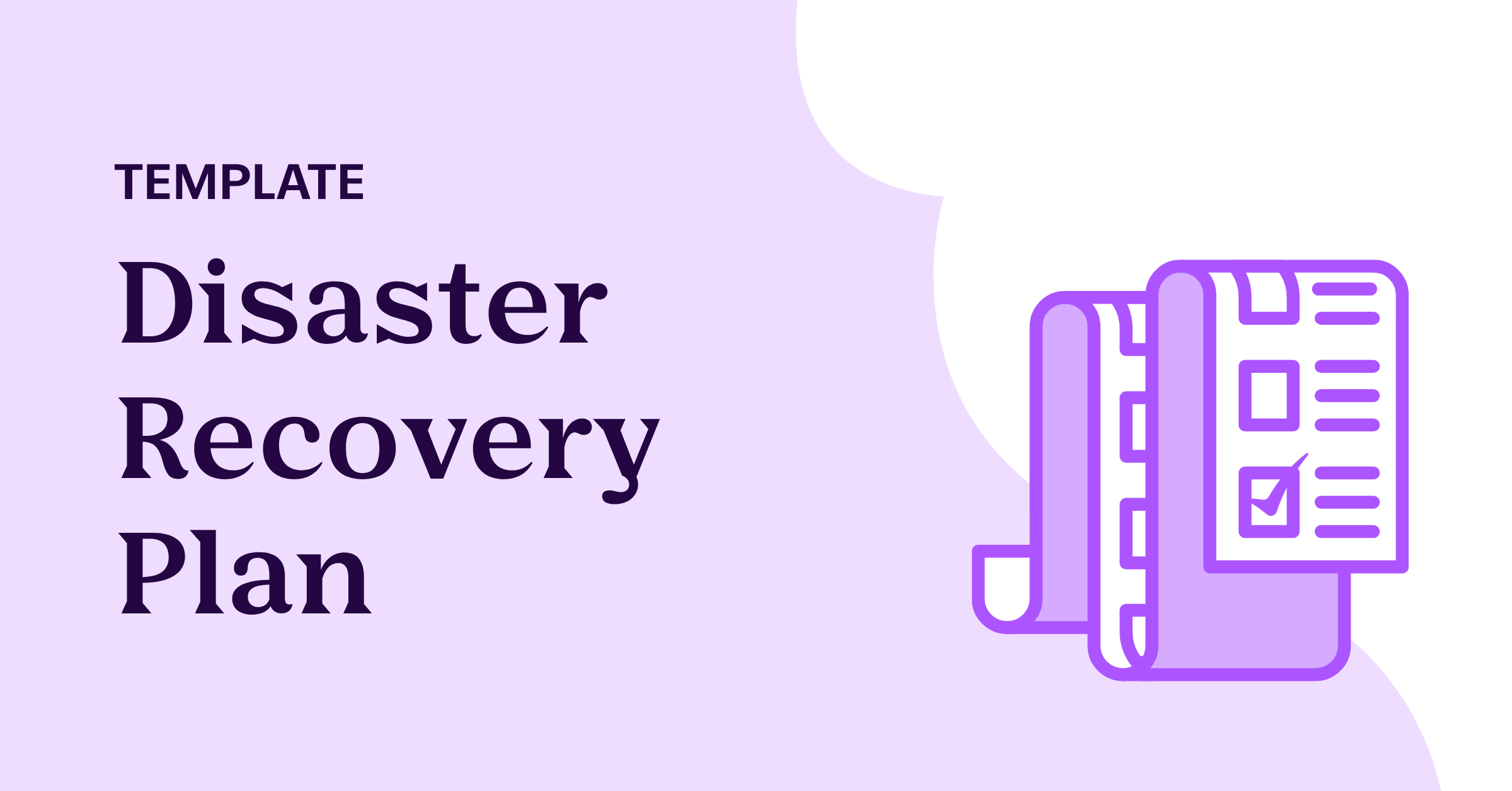
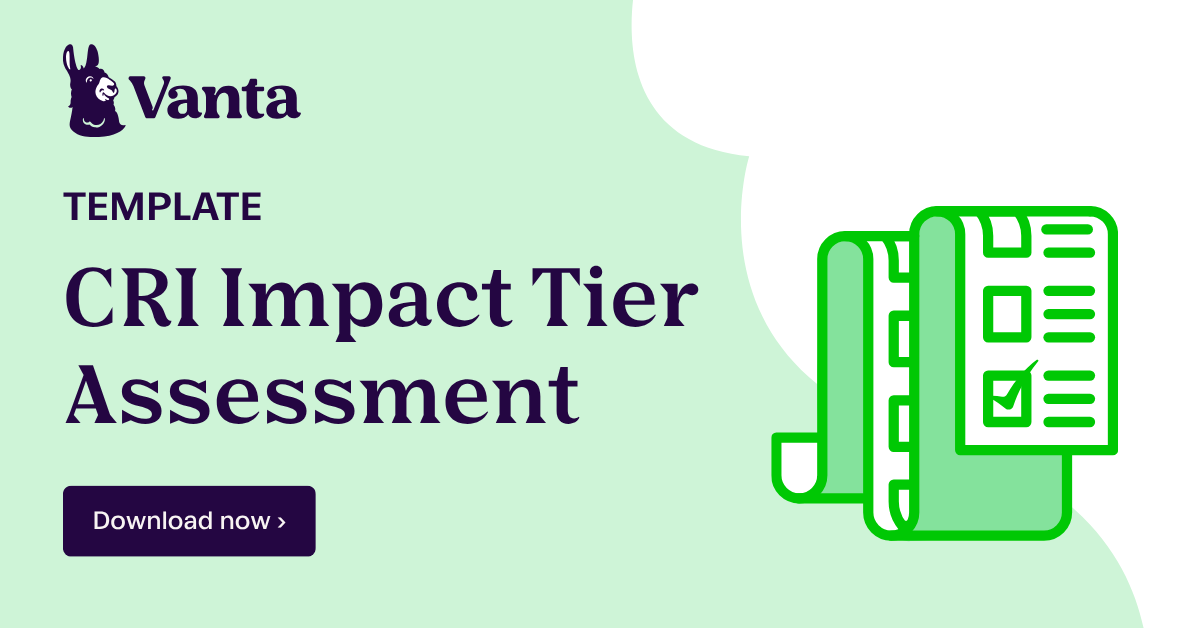
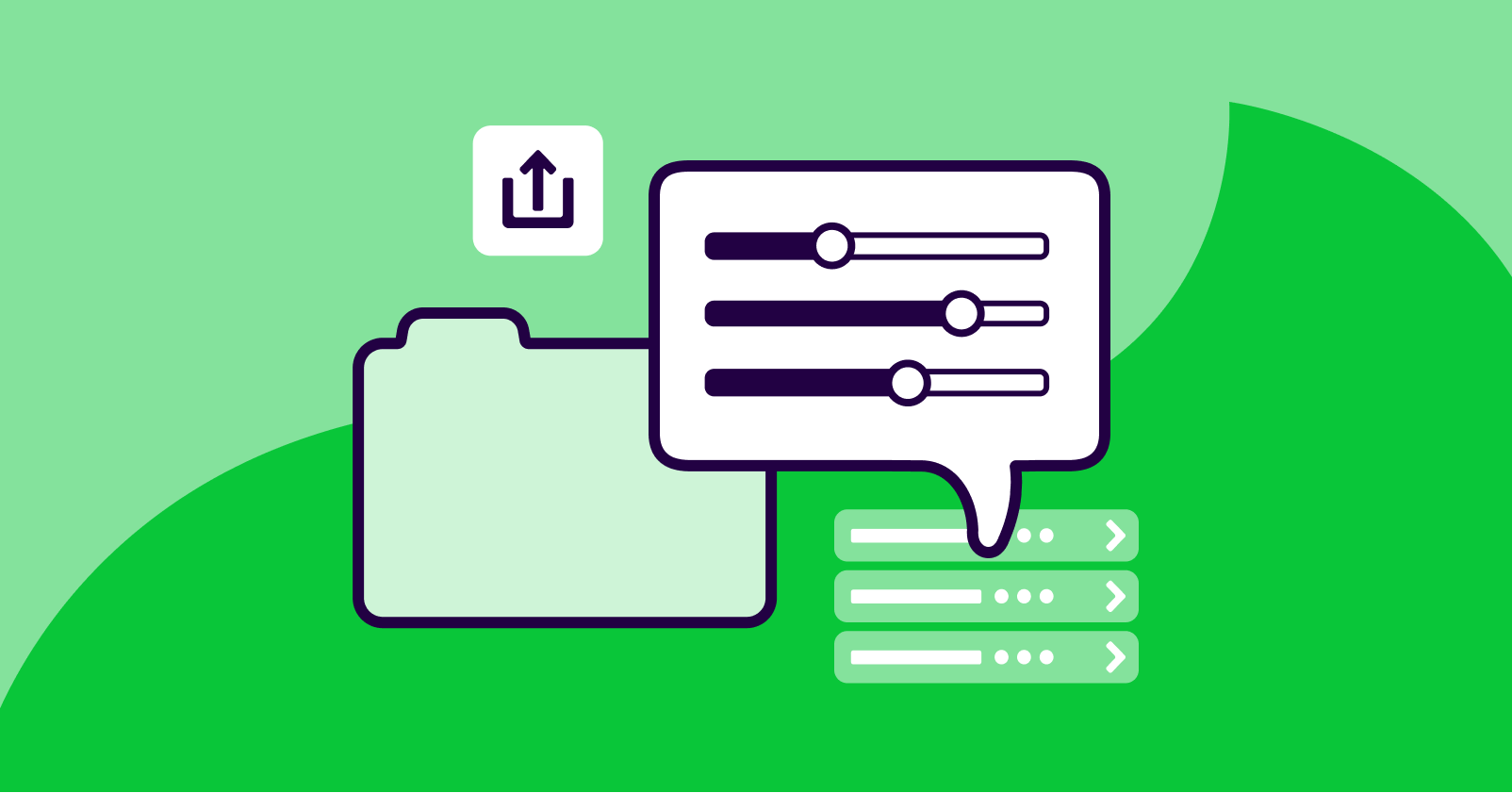
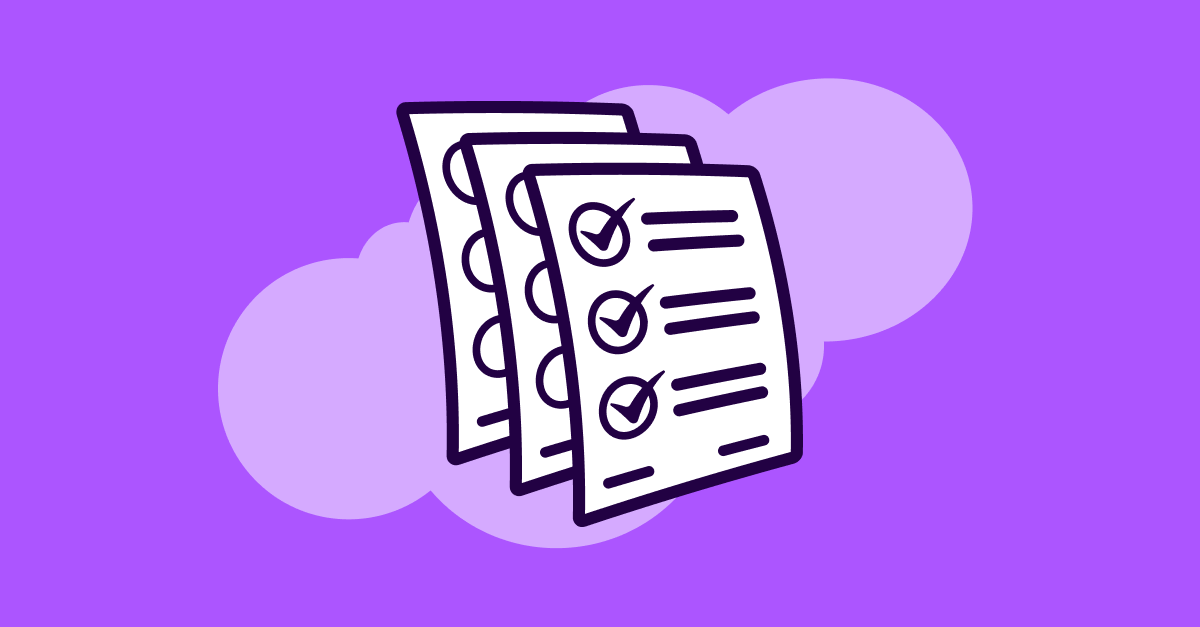
.png)

.png)
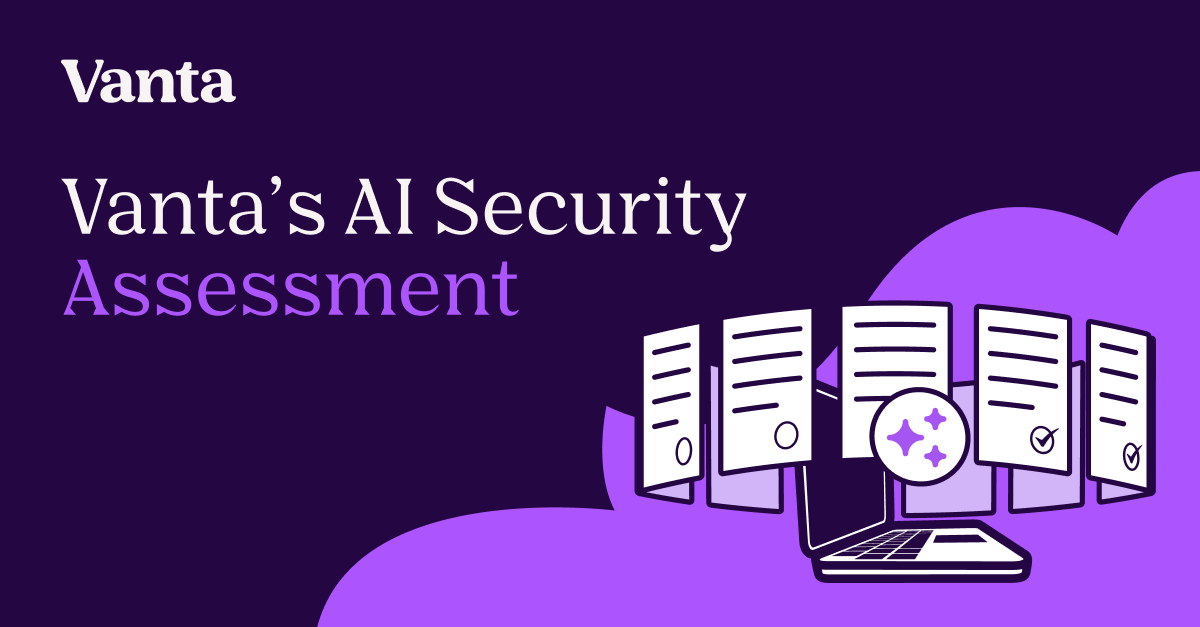

.svg)
.svg)
.png)
.png)
.png)